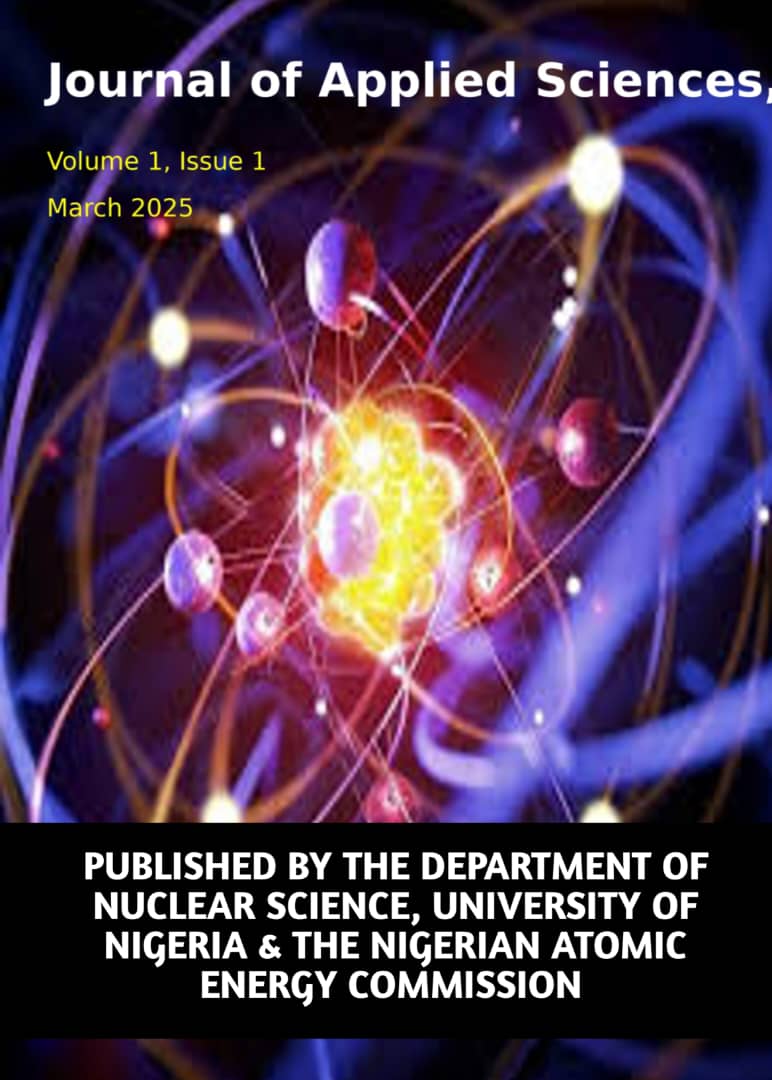Assessment of Heavy Metal and Hydrocarbon Contamination in Wastewater from Warri Refinery and Petrochemical Company, Delta State, Nigeria, and the Remediation Potential of Kaolinite-Based Nanomaterials
Keywords:
Kaolinite nanomaterial, Heavy metals, Warri Refinery, Adsorption, Water pollutionAbstract
This study evaluated the pollution levels of industrial wastewater discharged from the Warri Refinery and Petrochemical Company (WRPC) in Delta State, Nigeria, and investigated the efficacy of kaolinite-based nanomaterials for contaminant removal. Wastewater samples were collected from five strategically selected sites and analyzed for physicochemical parameters and heavy metal content. Results revealed high levels of biochemical oxygen demand (BOD: 128.4 ± 6.5 mg/L), chemical oxygen demand (COD: 562.3 ± 14.6 mg/L), total dissolved solids (TDS: 1880 ± 44.7 mg/L), chromium (2.10 ± 0.09 mg/L), copper (1.78 ± 0.07 mg/L), nickel (1.43 ± 0.05 mg/L), total petroleum hydrocarbons (TPHs: 22.4 ± 1.6 mg/L), and phenols (3.8 ± 0.4 mg/L), all exceeding WHO and NESREA permissible limits. Pollution indices confirmed severe contamination, with Pollution Load Index (PLI) values exceeding 10.0 and Heavy Metal Pollution Index (HPI) reaching up to 6220.82. Adsorption studies using synthesized kaolinite nanomaterials showed high removal efficiencies: 91.2% for Cr, 88.7% for Cu, 86.3% for Ni, and 79.5% for TPHs. Adsorption capacities ranged from 1.04 to 3.98 mg/g, and the process followed the Freundlich isotherm model (R² > 0.98), indicating multilayer adsorption on heterogeneous surfaces. The findings highlight the environmental threat posed by untreated refinery effluents and demonstrate the potential of kaolinite nanomaterials as a cost-effective solution for industrial wastewater treatment.
